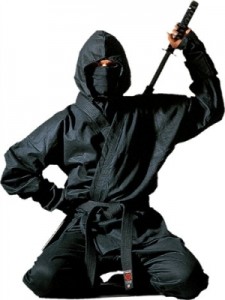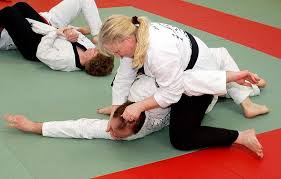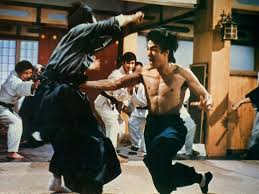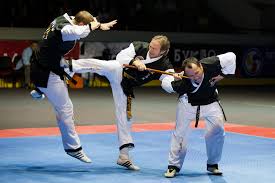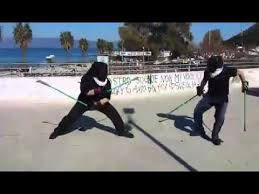Buza – martial art
 Buza is a martial art that was recreated in Tver by G. N. Bazlov in the 90s of the 20th century. This martial arts consists of combat dance, hand-to-hand combat and combat with weapons.
Buza is a martial art that was recreated in Tver by G. N. Bazlov in the 90s of the 20th century. This martial arts consists of combat dance, hand-to-hand combat and combat with weapons.
This fight previously existed in the northwestern regions of Russia – on the lands of modern Tver, Novgorod, Pskov, Vologda regions. This martial art had many names, of which buza is the most used. Often the struggle didn’t have a name at all, and the actual tradition of fighting in various places was called by the name of fighting dance, to the music of which the fight took place. So, among the various names of military melodies, by the name of which the tradition of combat was also called, there are such options as a buza, galanikha, seventy-fourth, sharaevka, funny, under-fight, brace, humpbacked, dog, mommy … “Buza” is the most a common name in use, and together with a fighting melody and dance, this concept denoted both the fight itself and the military equipment.
History
Since 1987, this martial art has been gradually collected in ethnographic expeditions of the history department of the Tver State University, the materials obtained were analyzed and systematized. In 2002, at the Moscow State University, at the Faculty of History, G. N. Bazlov defended his thesis on the subject “Village Artel of Fist-Hand-to-Hand Fighting”. This dissertation was written on the basis of expeditions that took place over 12 years. Its author was Bazlov Grigory Nikolaevich, supervisor – Zasedateleva Lidia Borisovna, who is a doctor of historical sciences.
Since 1990, buza activists began to interact with the Russian Folklore Union, gaining additional knowledge about Russian culture. Since the beginning of the 1990s, buza began to act not only as a direction of Russian traditional martial arts, but also as a social movement that brought together researchers and lovers of domestic traditional martial arts from different regions of Russia and abroad.
Nowadays, research into the traditions and practice of buza, the search for the most effective methods of training buza, is conducted by the Center for Traditional Russian Martial Arts, whose president is Bazlov G.N.
Historical Evidence of Buz
The oldest mention in the literary sources about the buz, as about the art of battle, is given in the book of Ivan Semenovich Barkov “Ode to the fist fighter”. In this work, there is a story about how a boznik wins the fight of the famous fighter on the fists of Count Alexei Orlov-Chesmensky. This ode can quite accurately be dated to 1750. Thus, in the 18th century, buza was very common and popular among the people. When conducting an ethnological analysis of the content and nature of the ritual actions of fighters on fists that have been preserved in the Buza tradition, we can say that this tradition dates back to the time of Novgorod Ushkuyniki in the 12th-13th centuries and even earlier – during the Slavic squads.
Technique buzy, characteristic sections
The technique of buza, as martial arts, was quite diverse, it was assembled in different regions of the north-west of Russia. Often, even in neighboring villages, mainly different strategies were used to conduct a duel, but in any case there was a common technical center that changed, but was immediately determined in the technique of any elder.
The technique of fighting buza is divided into adversarial and applied. Adversarial technique was used at meetings of friends, during the holidays, when competitions were held in wrestling, stick and fist fights. In the variant of adversarial buza it was unacceptable to use technical methods that could lead to severe defeats of the opponent. Instead of rules in such battles there was a “persuasion” in which the fighters agreed on how the fight would go. Persuasions, as a rule, took place before each fight and were respected under any conditions. Those who violated the agreement were punished by both parties. Persuasion, for example, could prohibit beating in the groin and back of the head, breaking fingers, beating with a stick, etc.
There was no persuasion in the battle bouze; everything that could bring victory could be used. There were only certain ethical frameworks in fights that were used in military equipment. So, there was a saying: “we cut our own – another’s stakes”, which determined the stabbing with a knife during fights against “our own”.
According to the use of weapons, buzu can be divided into:
1. Fight with a knife;
2. Fight using a stick;
3. Throwing;
4. shooting;
5. Fight using special devices and improvised means.
In technology without the use of weapons, one can distinguish the following sections:
1. The technique of striking;
2. The technique of struggle;
3. Methods of causing injuries with fractures, dislocations, strangulation, etc .;
4. Special as well as dance acrobatics.
A special section: in it there is a training in special techniques for managing attention, reason, which allow you to use the applied technique of buza as efficiently as possible.
